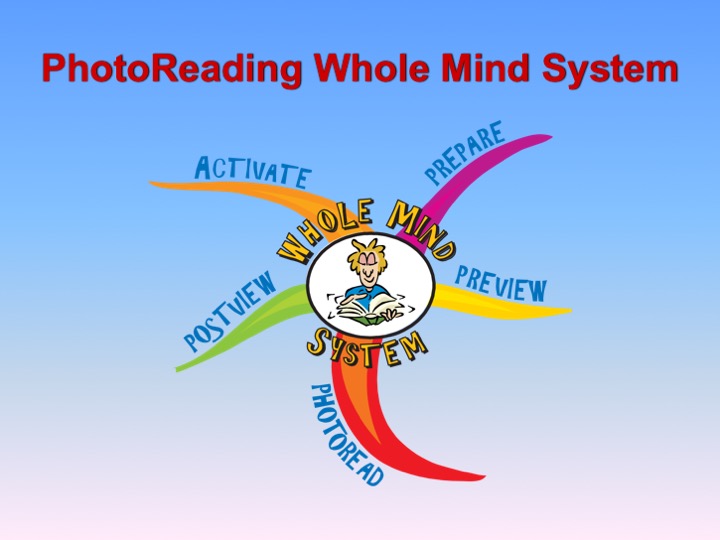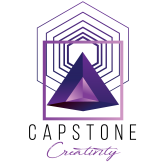In this post, I’ll be picking up where I left off on the topic of creative thinking and reading. There are two further techniques that I ant to share, one of them being my favourite and instrumental forgetting me through my early university and vocational studies.
Sub-vocalization
Sub-vocalization occurs when you mentally read out in your mind what you are reading on the page. Stop it! You don’t need to do it! This slows your reading down because you are limiting yourself by the speed of speech. Your eyes and mind are WAY FASTER than that! By doing this it helps your eyes to just skim over the text. But on the other hand however, there are some people say that this reduces the amount of information that you intake, which can lead to information being missed out that is quite important.
Photo Reading
Yet another technique follows, and I refer to an author by the name of Paul Scheele, who is the developer of the technique called Photo Reading. He also mentions the use of skittering in his courses. Photo Reading is a technique that will scare some people off. But if you master this subject (and even if you do not master but grasp the concepts very well, and apply them, and you must apply them), you will blast through any sort of text that comes your way.
Paul Scheele advocates that by using Photo Reading techniques, instead of going through words at 200 to 230 words per minute with your normal reading (or your speed reading which can give you 700 words per minute) he advocates that by applying the Photo
Reading technique, you can easily achieve the income, the reception, and the understanding of information of up to a staggering 25,000 words per minute!

How is this actually possible? Well, he uses the technique whereby you do not focus on using the eyes to focus on the word-for-word, but using the mind as a receptor for the information and the eye as just the window for the information to flow though and to enter into the subconscious system. He also refers to making use of something called precognitive processing. What that means is that before the information is allowed to be processed by your brain and filter out what it thinks is not needed, we can manipulate this in a way that will give us access to the results that you require in terms of reading, knowledge increase and retention.
Now with regards to reading, what I would advise you – and this is something that I did regularly, more importantly I did this so regularly it is now second nature – after anything that you read, after you read a specific subject, place the information that you have just read into a mind-map. How would this benefit you? Well, number one, you’ve just read the information, so just alone by reading information we know that the information is within us.
Number two, we’ve recognized that that information is already within us, what we need to do is tap into that knowledge to bring out the information that we have now already within us. So the moment we finish reading, we place the information that we’ve learned in a mind-map, and that helps us to, again: One, remember what we’ve just read. Two, activate the learning, so it is now active in our mind and gets our mind thinking about the subject. Whilst we are thinking about the subject we are also relearning that subject again.
Then, number three, once we are doing that, we are placing it into a visual, conceptual map, so that our minds can assimilate that information and place it in specific areas in our minds so that we can easily access it when we need it – in a way that the brain works, not in the way that society tells us to do, in that linear type fashion.
So once we’ve read it, we place it in a mind-map, then we review the information we’ve just read to confirm what we are learning. And we have an essential idea or essential image in the beginning. It is best to use different colors for each major branch. Make sure that you add pictures, drawings etc, Is this is a great visual guide as to what is going on for you in your map, as this is personalized to you. These are also memory triggers, little drawings for each of the words, idea or concept.
Contact us now to learn more or Book a consultation session now with us risk free and discover your unlimited potential.
